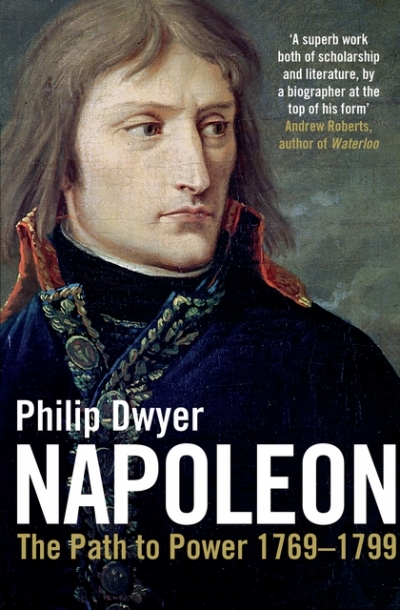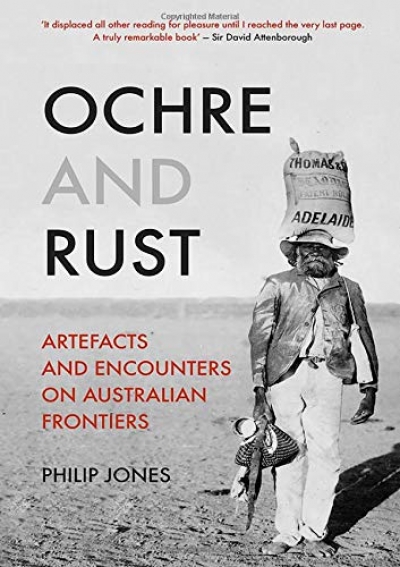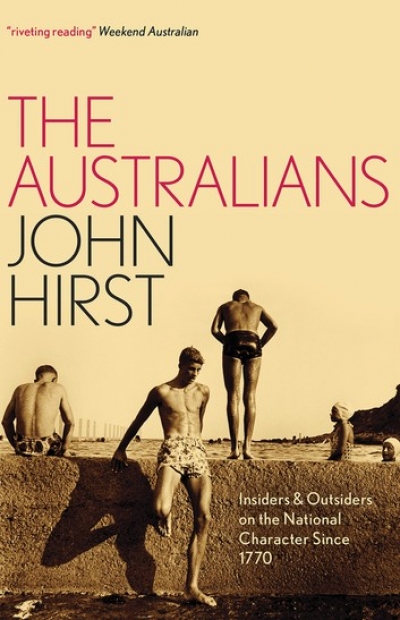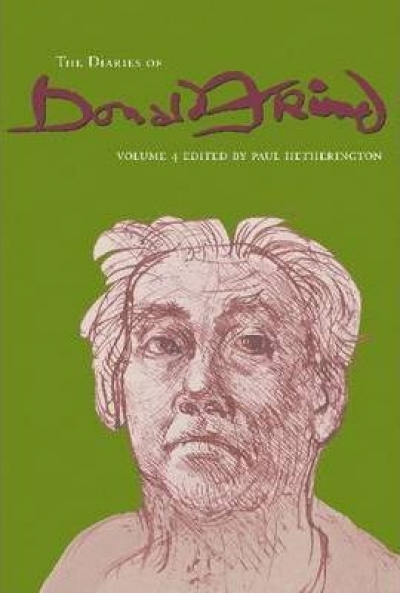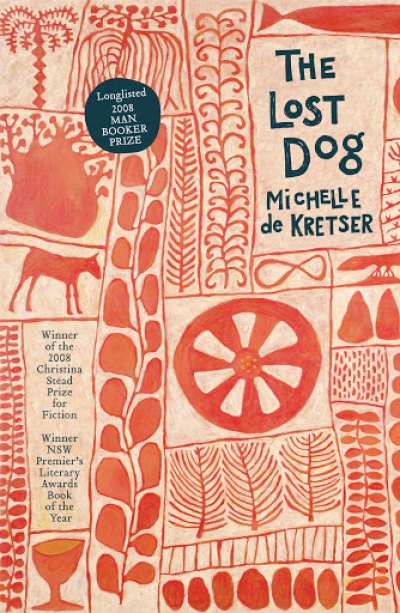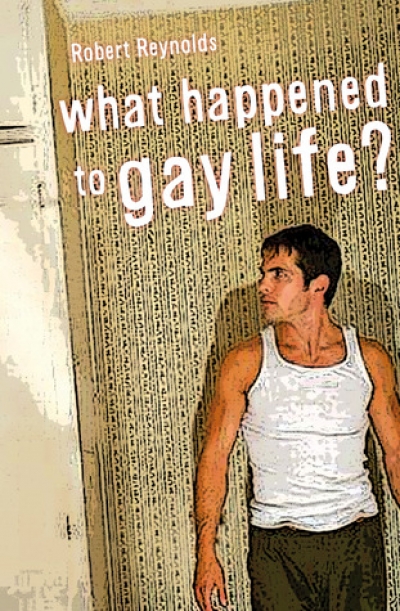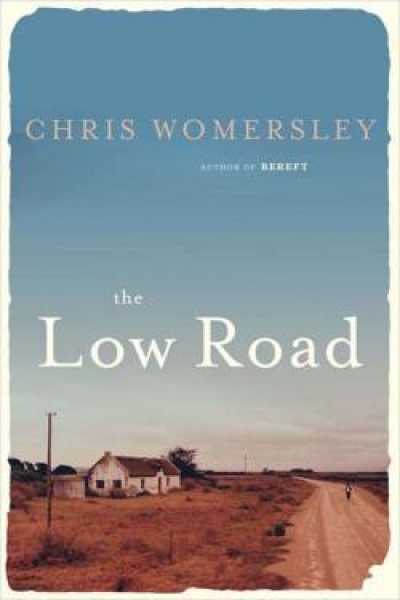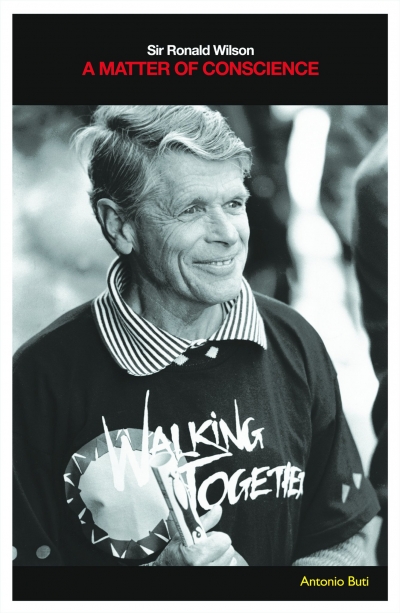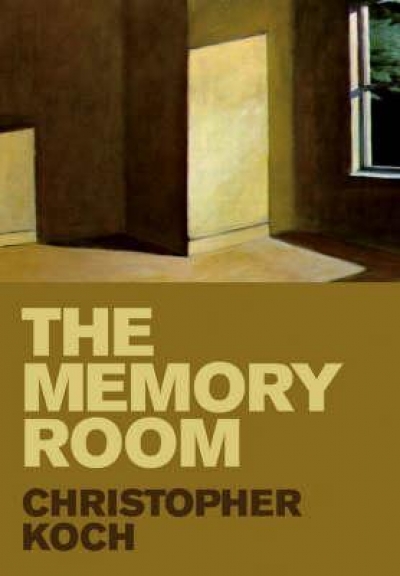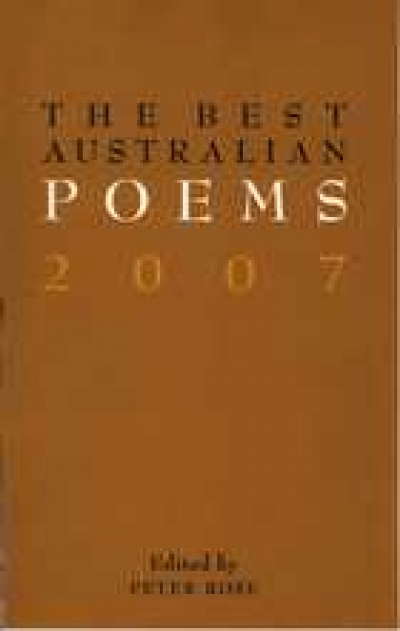Archive
Ochre And Rust: Artefacts and encounters on Australian frontiers by Philip Jones
by Mary Eagle •
The Australians: Insiders and outsiders on the national character since 1770 edited by John Hirst
by John Rickard •
The Diaries of Donald Friend, Vol. 4 edited by Paul Hetherington
by Paul Brunton •
What Happened To Gay Life?' by Robert Reynolds by Robert Reynolds
by Andy Quan •
Sir Ronald Wilson: A matter of conscience by Antonio Buti
by Tony Blackshield •
The Best Australian Poems 2007 edited by Peter Rose & The Best Australian Poetry 2007 edited by John Tranter
by Gregory Kratzmann •

